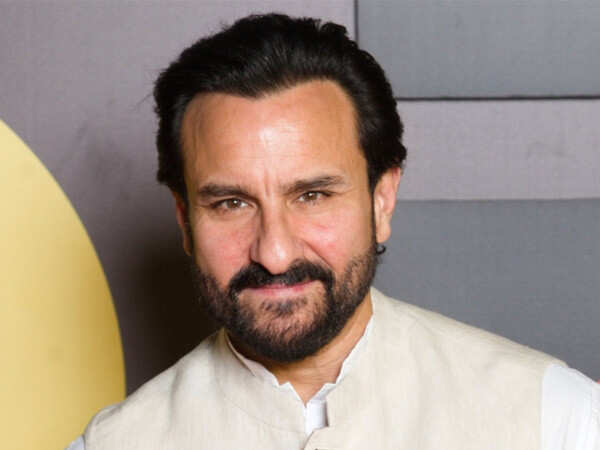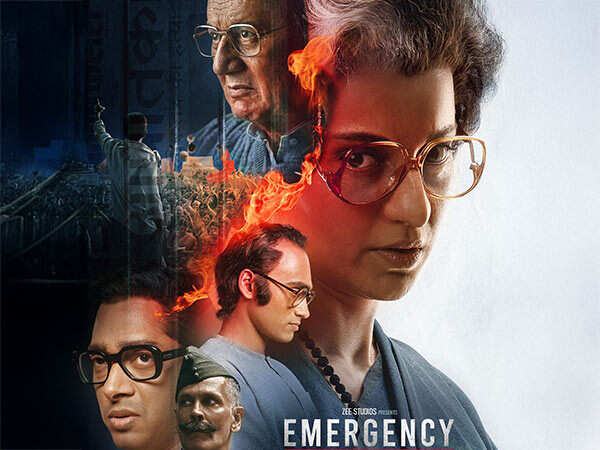
The film starts with a speech by Jawahar Lal Nehru expressing his grief over the Chinese annexation of Assam. It’s implied he has given up on Assam whereas the truth is that in his speech never did he mention abandoning Assam or the fight against the Chinese. Indira Gandhi is shown as the saviour, asking the Assamese not to engage in an exodus, whereas, according to reports, she flew there with the Red Cross supplies. Her presence there is said to be the catalyst for the Chinese withdrawal from the Indian territory. The film effectively makes out Nehru to be an idealistic PM who didn’t have a firm hold on reality and juxtaposes his daughter’s iron will in contrast. The film implies he was jealous of his daughter. The man, who while imprisoned by the British, regularly wrote letters on various topics ranging from natural history, Indian history, philosophy, as also his worldview, which were later collected in the book Letters from A Father To His Daughter. It’s childish to think such a man could have such a petty attitude towards his only daughter, whom he deeply cherished. It’s laughable that one of the great world leaders such as Nehru has been portrayed as weak and ineffective. But such has been the popular narrative of our times of late and the film perpetuates it.
The film is a history lesson of sorts. We see Indira Gandhi’s various achievements, chief among them being her deft handling of international politics just before the Indo-Pak war of 1971 and the subsequent creation of Bangladesh. It’s that vital era which made her a world leader and cemented her place in history. Later, she brought the Sikh insurgency to its knees but paid for the achievement with her life. We also see her battling other personal battles. She’s shown to have a troubled relationship with her paternal aunt, Vijaya Lakshmi Pandit and later shown to be an overindulgent mother to her younger son, Sanjay Gandhi, who is portrayed as her political heir. Sanjay’s roughshod handling of power, especially his drive towards Nasbandi (male sterilisation), is brought out in full gory detail. She’s shown to have no connection with her elder son Rajiv. Pupul Jayakar is shown to be her only confidante. Emergency, which lasted from 1975 to 1977 was a black mark on her otherwise illustrious career but ironically, the atrocities which her detractors were reportedly subjected to are not fleshed out in the film.
The film is well-directed by Kangana Ranaut, who, thanks to great makeup and prosthetics, looks exactly like Indira Gandhi in the first frame but later starts looking like herself. Towards the end, the film gives off horror movie vibes, with Indira hallucinating about seeing a wizened crone version of herself in mirrors. Those moments provide a bit of uncalled for hilarity in the film. Kangana has acted exceptionally well as Indira Gandhi, though we don’t know if Indira had as many nervous ticks as are seen in Kangana’s portrayal. Having a quivering mouth would certainly be a hindrance for a woman who played a high stakes game against international and national figures all her life and won every time, but what do we know?
The other actors, be it Milind Soman as Sam Manekshaw, Shreyas Talpade as Atal Bihari Vajpayee or even Anupam Kher as Jayaprakash Narayan fall short of adding the gravitas needed to portray such figures. Vishak Nair as Sanjay Gandhi feels like a stock Hindi film villain. Mahima Chaudhary has acted well as Pupul Jayakar.
Watch the film for Kangana Ranaut’s portrayal of one of the most charismatic leaders we had. Her detractors accused Indira Gandhi of forming a cult of hero worship and Emergency adds to that aura. India is Indira and Indira is India was the popular refrain during the emergency period and the film echoes that effectively.

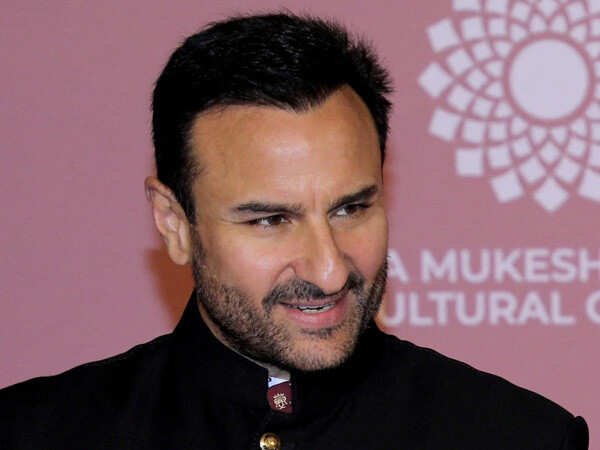


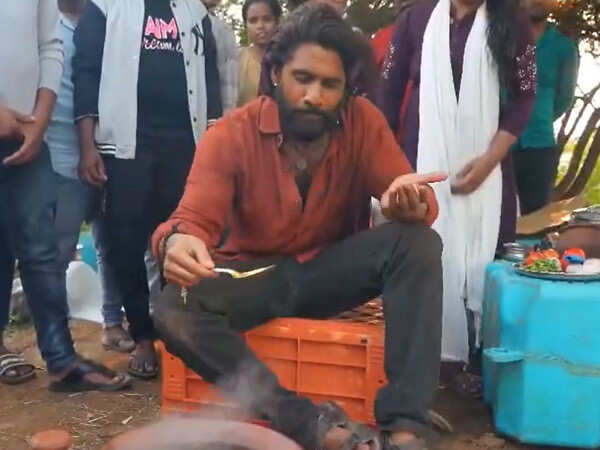

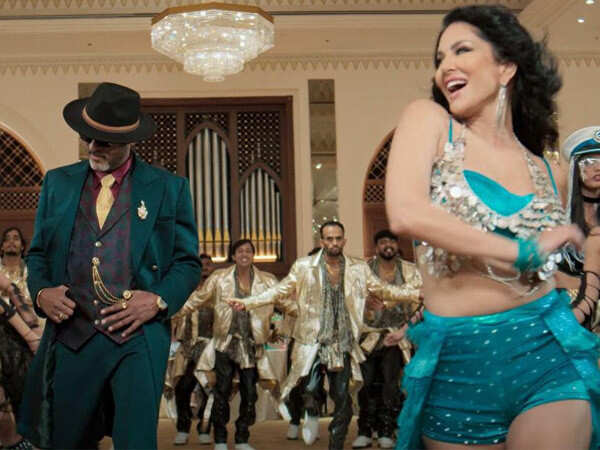

![The Undertaker (2023) [1080p] [WEBRip] [5.1] [YTS.MX]](https://img.yts.mx/assets/images/movies/the_undertaker_2023/medium-cover.jpg)


